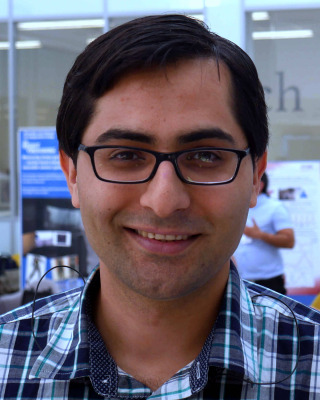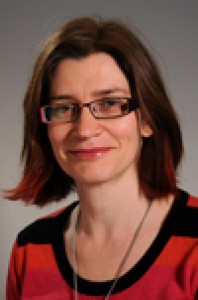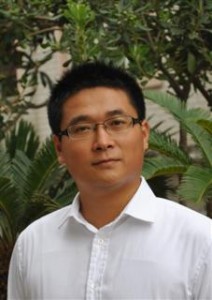|
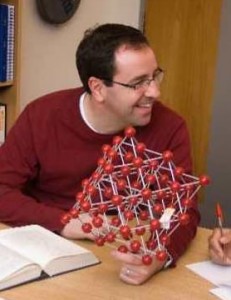 Professor of Materials
Examining the physical behaviour by experiment and modelling techniques of polymers and soft matter such as elastomers and rubber materials. Properties of interest include abrasion, friction, fracture, creep, fatigue, viscoelastic behaviour, modulus enhancement, self healing, recycling, ageing and composite filler reinforcement. Developing smart soft materials that can sense their environment and soft actuating materials that can change shape in response to a physical stimulus.
 j.busfield@qmul.ac.uk j.busfield@qmul.ac.uk |
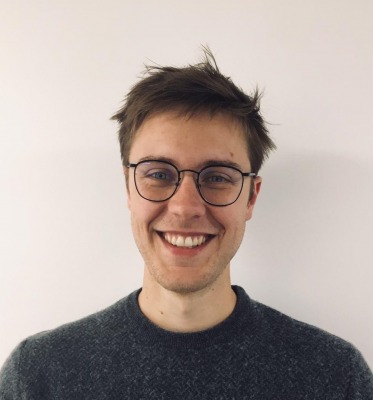 Lecturer in Bioengineering
Bioelectronics design and fabrication for central nervous system and peripheral nervous system targets. Experience using both metals and conducting polymers to create soft and flexible bioelectronic implants via laser-based and traditional microfabrication.
 christopher.chapman@qmul.ac.uk christopher.chapman@qmul.ac.uk |
|
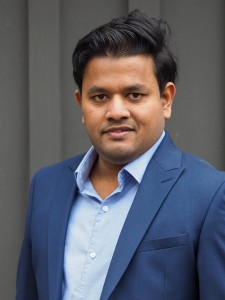 Lecturer in Robotics and Mechatronics
Human-Robot Interaction (HRI), Social Robotics, Medical Robotics, Brain-Machine Interface (BMI/BCI), Soft Robotics, Bio-inspired Robotics
 t.lalitharatne@qmul.ac.uk t.lalitharatne@qmul.ac.uk |
|
|
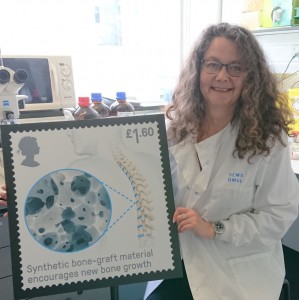 Prof Karin Hing
PhD, BSc, CEng, MIMMM, FHEA, FRSA, FWESProfessor of Biomaterials and Tissue Regeneration
My research is focused around the development of pioneering biomaterials and healthcare therapies through development of novel materials and processing technologies and investigation of the phenomena behind biocompatibility, and the stimulation of tissue regeneration. I am particularly interested in understanding the mechanisms behind enhanced bone healing or regeneration in the presence of porous synthetic scaffolds, known as synthetic bone graft substitutes, via manipulation of both synthetic graft chemistry and hierarchical pore structure. This has resulted in the development of 3D mechanosensitive in vitro models for investigation of these phenomena in the laboratory. I also have extensive experience in translating research from the bench to the bed side through my involvement in the successful development and commercialisation of a progressive series of synthetic bone graft substitute materials with tuneable hierarchical structures to support rapid, reliable bone regeneration, which are now in global clinical use in a range of applications including trauma, maxillofacial reconstruction, joint revision and spine surgery.
 +44 (0)20 7882 7804 +44 (0)20 7882 7804  k.a.hing@qmul.ac.uk k.a.hing@qmul.ac.uk |
|
|
|
|
|
|
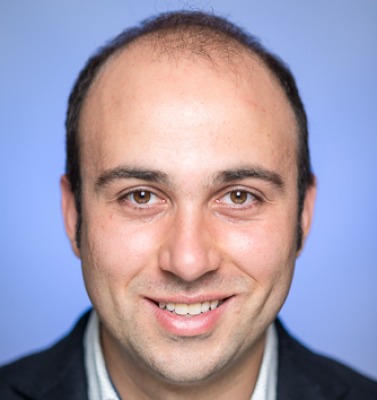 Dr Marco Pensalfini
BSc (Bologna); MSc (Bologna); PhD (Dr. Sc. ETH)Lecturer in Mechanical and Biomedical Engineering
My expertise is at the interface of mechanical and biomedical engineering, with a focus on the multiscale mechanics of soft fibrous biomaterials. A central theme is the development of novel experimental approaches combining mechanics and imaging techniques to unravel mechanisms of load redistribution across tissue lengthscales and address their mechanobiological relevance. I also have broad experience in establishing two-way links between experiments and corresponding computational models with predictive or interpretative function, including inverse FEA and hierarchical Bayesian inverse analysis. My work is intrinsically multidisciplinary, and over the years I have initiated multiple collaborations with clinical and industrial partners.
 m.pensalfini@qmul.ac.uk m.pensalfini@qmul.ac.uk |
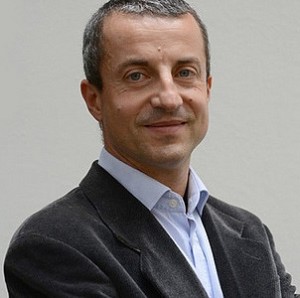 Professor of Materials Science
Bio-inspired, Bionic, Nano, Meta Materials and Mechanics (including Fracture Mechanics, Solid Mechanics, Structural Mechanics, Tribology, Wettability, Adhesion, Scaling laws, etc.)
 +44 (0)20 7882 6310 +44 (0)20 7882 6310  n.pugno@qmul.ac.uk n.pugno@qmul.ac.uk |
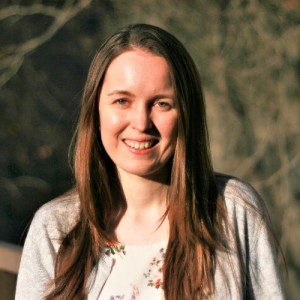 Reader in Computational Medicine
My research interests are in developing engineering methodologies to personalise treatment approaches for cardiac arrhythmias. We use a combination of signal processing, image processing, machine learning and computational modelling techniques to develop novel techniques for investigating cardiac arrhythmia mechanisms from clinical imaging data and electrical recordings. The ultimate aim of our research is to translate these tools to predict optimal patient-specific treatment strategies in the clinic. We work closely with clinical, basic science and industrial collaborators.
 c.roney@qmul.ac.uk c.roney@qmul.ac.uk |
|
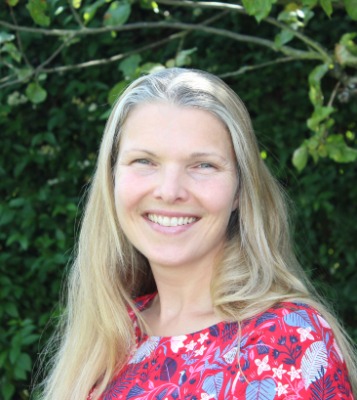 Prof Hazel Screen
BEng MRes PhD(Lond) CEng, FIMechE, MIPEMProfessor of Biomedical Engineering
My research aims to understand how our tissues are built to be able to withstand the loads they experience in the body. I am particularly interested in understanding tendon and heart valve; how and why they get injured, and ways to prevent this happening.
By looking at the ways a tissue is supposed to work when it is healthy, we can identify how small changes in the structure, such as those which occur with age, can make injury more likely and look to prevent or treat these specifically.
 h.r.c.screen@qmul.ac.uk h.r.c.screen@qmul.ac.uk |
|
|
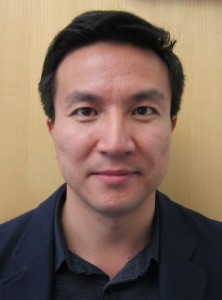 Professor of Photonics
My research is centred on sensors and instrumentation, optical devices, optoelectronic materials, wearable ultrasound for imaging, detection, monitoring and communication, interfacing with Artificial Intelligence, Materials, Chemistry and Nanotechnology, in applications such as healthcare, energy and security.
 +44 (0)20 7882 5184 +44 (0)20 7882 5184  l.su@qmul.ac.uk l.su@qmul.ac.uk |
|
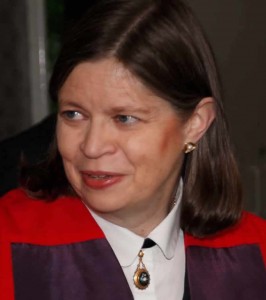 Prof Elizabeth Tanner
OBE, FREng, FRSE, PhD (Hon Caus), MA, DPhil, FIMMM, FIMechE, FIPEM, CEng, CSciBonfield Professor of Biomedical Materials
My research interests are in the development, testing and use of biomaterials for bone and joint replacement. In particular composites of bioactive ceramics and polymers which can encourage bone ongrowth yet have sufficient mechanical properties to be used for load bearing applications. These are based on either non-degradable or degradable artificial or natural polymers depending on application. In parallel I have interests in the mechanical properties of bone and the effects of pathology on these properties.
 +44 (0)20 7882 6785 +44 (0)20 7882 6785  k.e.tanner@qmul.ac.uk k.e.tanner@qmul.ac.uk |
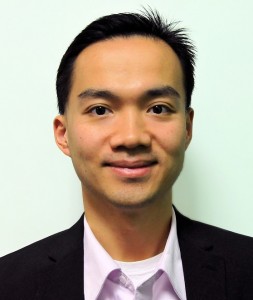 Prof Zion Tse
PhD, CEng, FIET, FIMechE, SMIEEEDirector, Centre for Bioengineering
Intelligent Robotics, AI & Digital Technologies, Imaging & Medical Assistive Devices, and AI Healthcare
 z.tse@qmul.ac.uk z.tse@qmul.ac.uk |
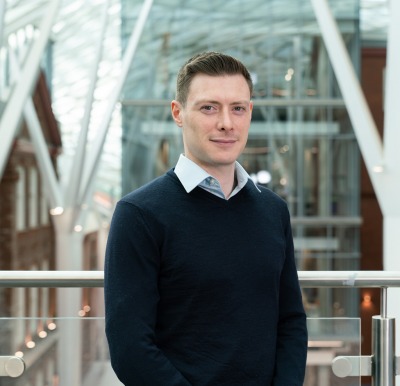 Lecturer in Medical Technology
Bone biomechanics and mechanobiology, Developmental biomechanics, cancer mechanobiology
 s.verbruggen@qmul.ac.uk s.verbruggen@qmul.ac.uk |
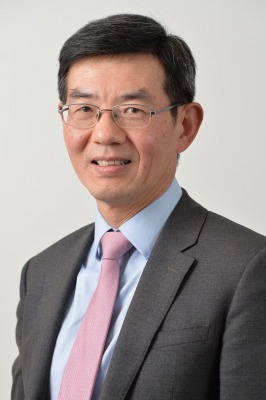 Prof Wen Wang
PhD, CEng, FIMechE, FHEA, FAIMBE, FREngVice-Principal and Executive Dean for Science and Engineering
Vascular endothelial mechanics, cell mechanobiology, flow and solute transport in extracellular matrices, microcirculation, arterial haemodynamics, cell & tissue mechanics
 +44 (0)20 7882 3031 +44 (0)20 7882 3031  wen.wang@qmul.ac.uk wen.wang@qmul.ac.uk |
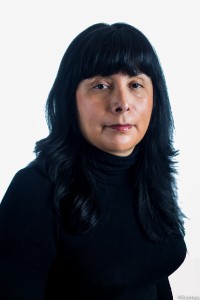


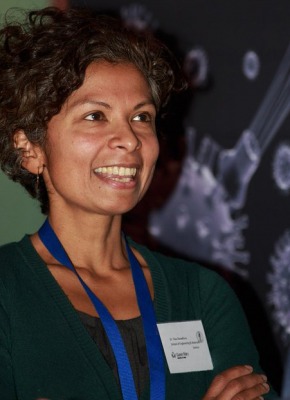

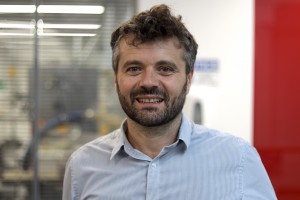
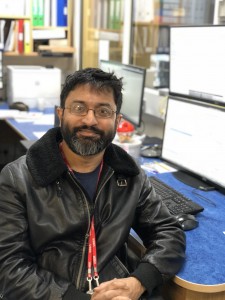

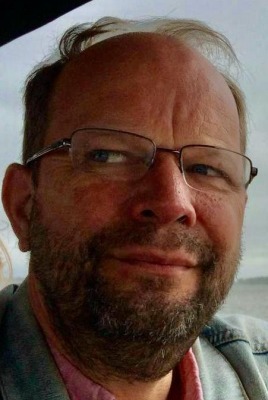
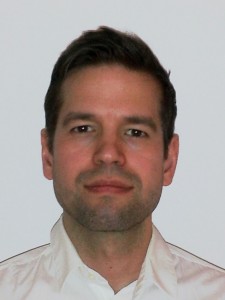
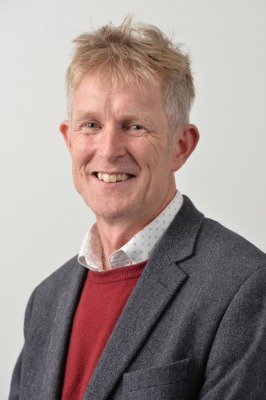
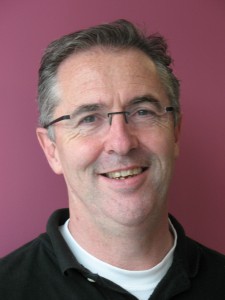
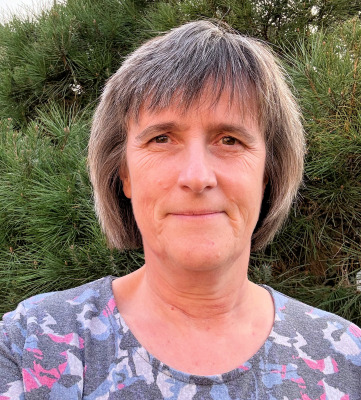
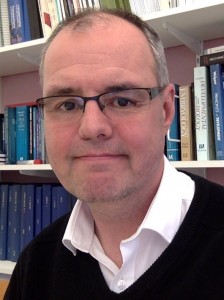




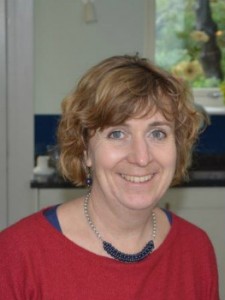







 +44 (0)20 7882 3028
+44 (0)20 7882 3028 
